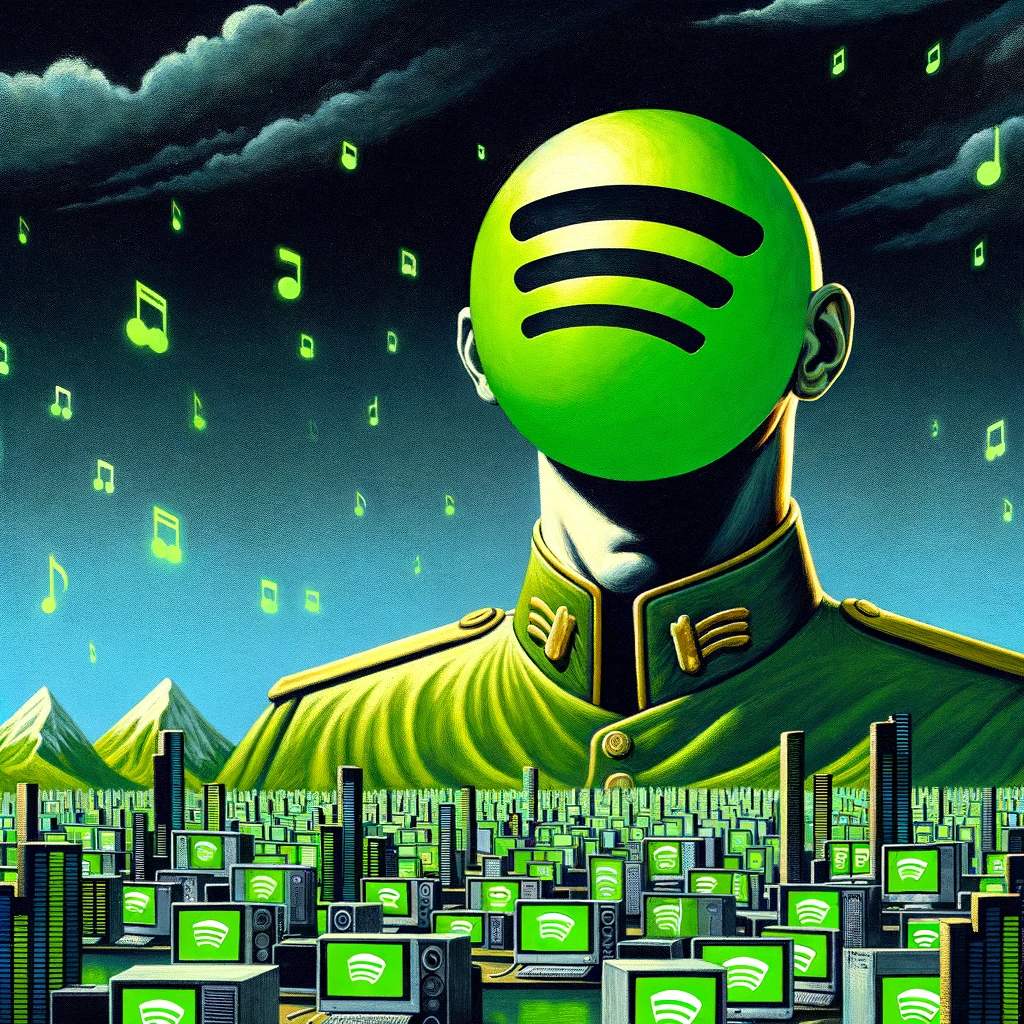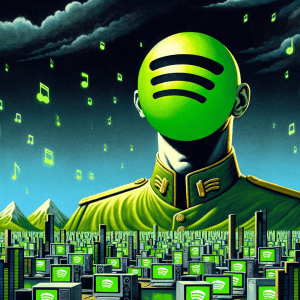Could a user centric model be superior in music streaming?


Could a user-centric model be superior in music streaming?
In the current pro-rata system used by music streaming services, all subscription revenues are pooled together and then distributed to artists based on their overall share of total streams on the platform. A user centric model in music streaming could however be an alternative to the prevalent pro-rata system used by platforms like Spotify and Apple Music says an article in The Guardian. This adds to the turmoil created by the upcoming changes to the Spotify royalty model which we talked about earlier.
But can that user centric model be a game changer? We are not so sure. Let’s first have a look on how such a user centric model would work.
User centric model in music streaming
The user centric model allocates each subscriber’s payment directly to the artists they listen to. Under this model, the funds from a subscriber who is passionate about indie music would be proportionally distributed among the indie artists they listen to. This means if a subscriber listens to fewer tracks more attentively, a larger amount is allocated per track, compared to someone who plays music more passively in the background. The user centric model thus aims to more fairly compensate artists based on individual listener preferences and engagement.
There are basically three main reasons why a user centric model in music streaming should be adopted.
- Fair Distribution of Revenue: In the pro-rata model, all streams are pooled together, and revenues are distributed proportionally to the share of total streams a song receives. This often benefits the most listened-to tracks, regardless of individual user preferences. In contrast, the user centric model divides each listener’s subscription fee among the artists they actually listen to, thus reflecting individual listening patterns and choices more accurately. This system is particularly seen as fairer for indie artists, as it ensures that the money paid by each consumer is allocated to the artists they listen to, rather than being distributed based on overall market share.
- Encourages Transparency and Diversity: The user centric model promotes transparency in revenue distribution and can lead to a more diverse range of music being supported. This model can empower consumers by making their choices more impactful, potentially leading to more paid subscriptions as listeners feel their preferences directly support the artists they enjoy. It aligns with the concept of ‘fair trade’ in music, ensuring artists are compensated for the use of their art by those who actually consume it.
- Redistribution of Income: One study found that under a user centric model, the top 10 most streamed artists might see a drop in royalties (12-17% decrease), while artists outside the top 10,000 could experience a modest increase (4.6-5.2%). For many lesser-streamed artists, this increase might amount to less than €10 per artist. These figures suggest that while the user centric model could lead to a more equitable distribution of income, the actual monetary benefit for many artists, especially those with fewer streams, might be relatively small.
In theory, it seems effective, but in practice, it falls short
And it’s this third reason which also immediately shows a problem in order to push the user centric model. In theory, a user centric model in music streaming presents as a more equitable and transparent alternative to the pro-rata system, promising fairer distribution of revenue based on individual listening habits. However, in practice, the actual impact on many artists, especially those with fewer streams, appears to be relatively modest. This suggests that, despite its theoretical advantages, the user centric model may not lead to significant financial changes for a large portion of artists in the current music streaming landscape.
Since you’re here …
… we have a small favour to ask. More people are reading Side-Line Magazine than ever but advertising revenues across the media are falling fast. Unlike many news organisations, we haven’t put up a paywall – we want to keep our journalism as open as we can - and we refuse to add annoying advertising. So you can see why we need to ask for your help.
Side-Line’s independent journalism takes a lot of time, money and hard work to produce. But we do it because we want to push the artists we like and who are equally fighting to survive.
If everyone who reads our reporting, who likes it, helps fund it, our future would be much more secure. For as little as 5 US$, you can support Side-Line Magazine – and it only takes a minute. Thank you.
The donations are safely powered by Paypal.









